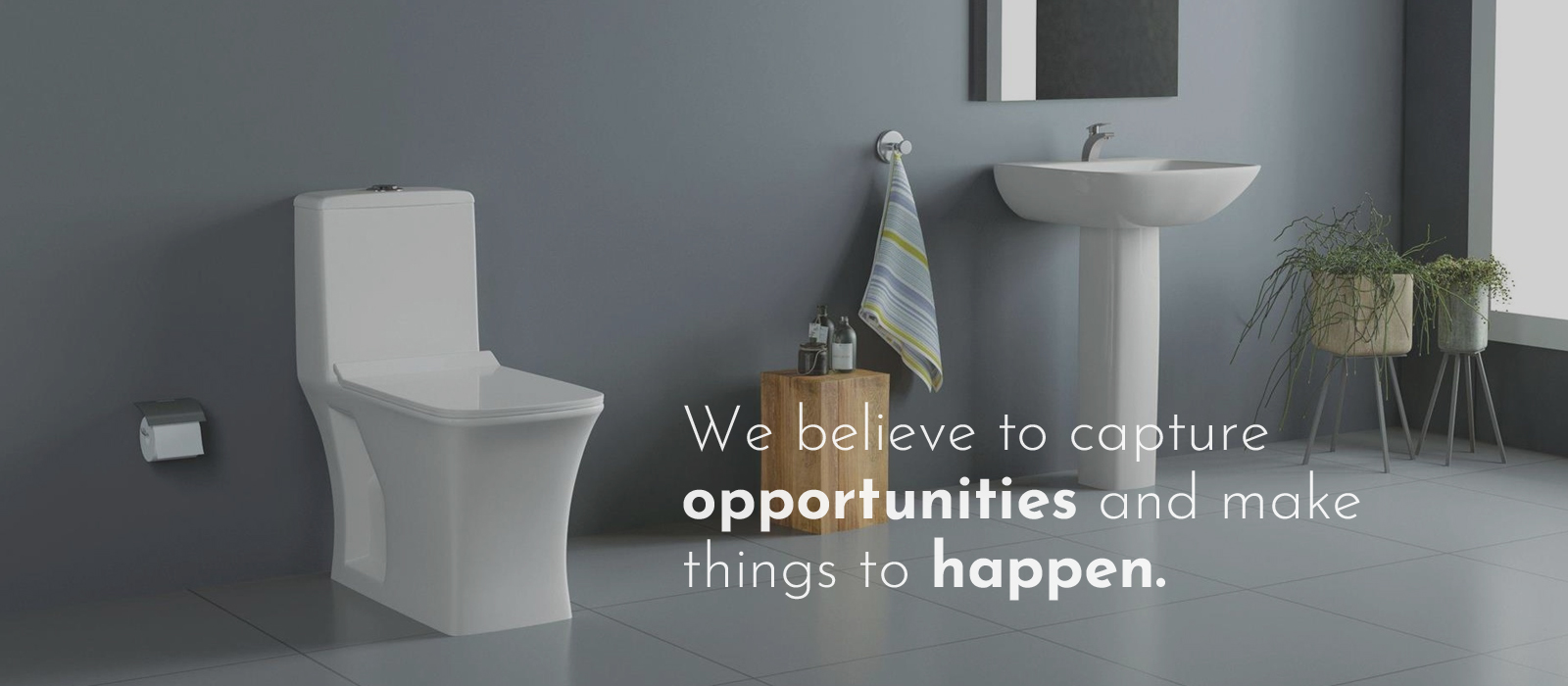
When buying sanitary ware, it is important to look for a sanitary ware manufacturer that meets European Sanitaryware Standards (CE Marking). If the sanitary ware does not meet the standards, it will be recalled. The CE marking process also protects consumers from unsafe products.
Harmonized European Sanitaryware Standard
The Harmonized European Sanitaryware Standard is a comprehensive and consistent set of standards and requirements for Sanitaryware. Developed by Cerame-Unie, a federation of Sanitaryware producers in Europe, the standard outlines the characteristics of the best sanitaryware products available. The industry's members represent companies and national associations from 25 member states of the European Union, including Italy, France, Germany, Spain, and Portugal.
Harmonized standards are continually evolving as new hazards and technologies become known. Manufacturers must keep up with the changes to these standards to demonstrate continued compliance. There is typically a transition period after an updated standard has been published, which allows manufacturers to upgrade their compliance information. In addition to keeping up with changes, manufacturers should be constantly monitoring the OJEU for news on harmonized standards.
Harmonized standards are only valid for use once published in the Official Journal of the European Union. When a revised standard is published, the reference to the Declaration of Conformity is also included. This method helps manufacturers demonstrate compliance with EU legislation. However, it should be noted that there is often a delay between when the standard is published and when the regulations are made.
Harmonized standards are one of two possible ways to obtain CE marking. Manufacturers must meet specific requirements and be able to provide the necessary information in order to obtain CE marking. The other option is to choose an alternative way to meet the essential requirements. Manufacturers should always consider the risks and benefits of choosing the right route for their business.
The Harmonized European Sanitaryware Standard (EN 14411) is a set of standards that define the minimum quality required of Sanitaryware. The new standard will also introduce new customs codes for tiles and will be linked to water absorption. The new customs codes will no longer distinguish between unglazed tiles and glazed ones, but will instead be separated into three different categories based on water absorption. They will also include two separate groups for finishing products and mosaic tiles. The new standard will be implemented at the national level by national customs authorities.

CE Marking Procedure for Sanitary Ware
The CE marking procedure for Sanitary ware is a comprehensive certification process that must be met before a product can be sold in Europe. It is based on the product's technical specifications and intended use. The purpose and harmonized European standards of the product help determine which CE marking directive is appropriate. The different CE marking procedures vary in cost and complexity.
The CE marking procedure requires the delivery of documentation by the manufacturer of sanitary ware products. The Notified Organization will review the documentation to ensure it meets the relevant standards. It will also audit the manufacturer's quality management system for manufacturing, storage, and distribution. The system must meet the requirements of ISO 13485, which specifies the quality management system for medical devices and related services. When the process is complete, the manufacturer will receive a CE sanitary certificate.
If the product is manufactured in Europe, it must be marked with the CE logo. In the United Kingdom and other EU countries, CE marking is mandatory for products sold in the country. Manufacturers must also implement a Factory Production Control System and perform Initial Type Testing for the products they manufacture. These procedures also ensure that the technical performance of the products meets essential requirements.
In the EU, the CE marking procedure differs based on product type and intended use. Not all products can be certified in this way. Those that are not certified should withdraw the products from the market, which will restrict their access to the European market. CE certification is valid in all 32 special economic zones, including the EU 28 and EFTA Europe 3/4. Once certified, sanitary ware products can be sold freely in the European Economic Area.
The CE marking procedure for Sanitary ware is a comprehensive certification process that is recognized across the EU. It must be applied to the product and accompanying documents. The accompanying documents must show that the product is compliant with all relevant EU directives.
In the EU, there is a large replacement market for Sanitary ware, with a high proportion of these products being bought by the consumer. In France, architects and homeowners are the main consumers. Non-residential markets are mostly wholesalers and architects, but the influence of the consumer is still significant. In countries like Germany, the influence of the consumer is growing. In recent years, European sanitary ware production has increased dramatically. In most European countries, manufacturers are struggling to hold onto their market positions as the demand for such products increases. Meanwhile, in Eastern Europe, manufacturers are increasing their production and market share. This shift in manufacturing is being driven by the increasing demand for sanitary ware in Eastern Europe. Some large producers are opening new factories in Eastern Europe to satisfy local demand and lower production costs. They are also setting up joint companies with local manufacturers to expand their market.

Impact of Ageing Population on Sanitary Ware Market
As the population grows older, the demand for Sanitary ware is expected to increase. Rising work-from-home culture is also fueling the demand. Manufacturers of sanitary ware are capitalizing on these opportunities by expanding their product portfolios and developing value-added products.
The Asia Pacific region is expected to dominate the market, particularly in developing regions. The region is experiencing rapid construction and infrastructure development. Governments in this region are increasingly focusing on infrastructure investments, large-scale affordable housing schemes, and the expansion of tourism. This trend is expected to boost the market for Sanitary ware in the Asia Pacific region.
China is one of the fastest-growing healthcare markets in the world and is expected to grow at a CAGR of 13% over the next decade. The country was the second largest healthcare market in the world in 2022. China is also a major market for medical equipment and components. These two factors are expected to drive the market growth in China from 2022 to 2028.
The Bottom Line
Increasing number of bathroom remodelling projects are providing sanitary ware manufacturers with value-added opportunities. Increasing number of consumers prefer ceramic sanitary ware, which are highly durable and easily available in the market. Furthermore, the sanitary ware market will continue to increase in the next years as people become more conscious of the need of sanitation and as their level of living rises.
Make an Appoinment
Send us Message
Visit us at Address
Vagadiya Road, Thangadh - 363530,
Gujarat, India.
Gujarat, India.
© Copyright 2024, Orient Ceramics, All Rights Reserved.
Web Design & Development by Opal Infotech